Articles
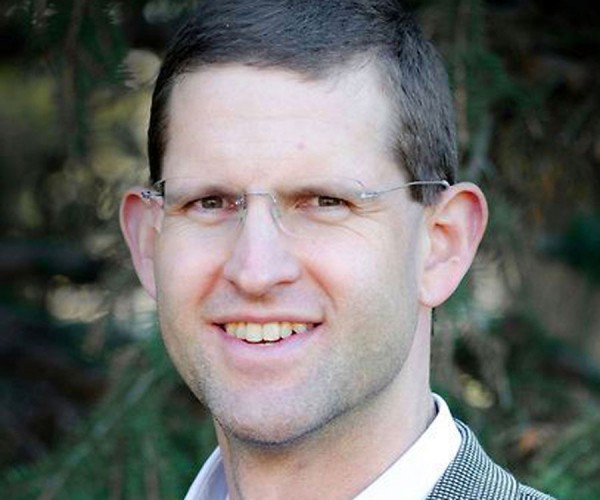
Marcellus/Utica Shale PSDM Case Study – Improved Structural Imaging and Rock Properties
Morgan Brown
In this presentation, we highlight the performance of PreStack Depth Migration (PSDM) on an ION GeoVentures multiclient survey from northwest Pennsylvania, the GroundhogSCAN 3D.
...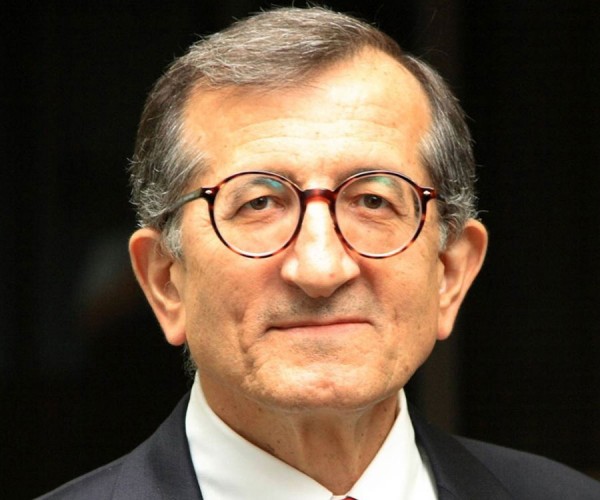
Two Workflows for Image-Based Near-Surface Modeling for Statics Corrections and for Circumventing Velocity Uncertainty in Subsurface Imaging of Complex Structures
Öz Yilmaz
In exploration seismology, the most common type of the near-surface is defined as the depth interval below the topography, composed of a low-velocity, unconsolidated, heterogeneous soil column and weathered rock layer. As such, raypaths are close to vertical incidence within the near-surface – a requirement for statics corrections to be…

Introduction To January Focus: Geostatistics. Big Data. Analytics.
Neda Boroumand
The branch of statistics, “Geostatistics”, the term “Big Data” and the scientific process of “Analytics” have been around for a while. However, their application on data acquired for subsurface evaluation and resource development is becoming increasingly important. The present day Geophysicist/ Geoscientist is having to make sense of more and…
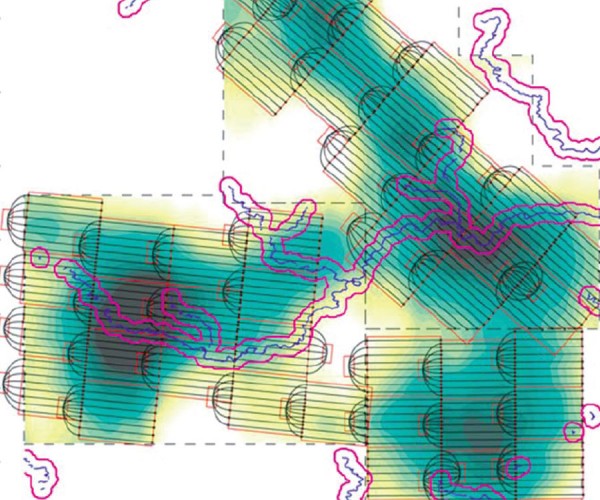
Incorporating Big Data in Geostatistical Modeling for Making Bigger Decisions in the Face of Even Bigger Uncertainty
Jeff B. Boisvert and Clayton V. Deutsch
The main purpose of generating geostatistical models of reservoir properties is to use them to calculate quantities of hydrocarbons or make decisions on how/if to produce the resource. In today’s data rich environment there is increasing data available for building these models; however, it is often difficult to convert this…
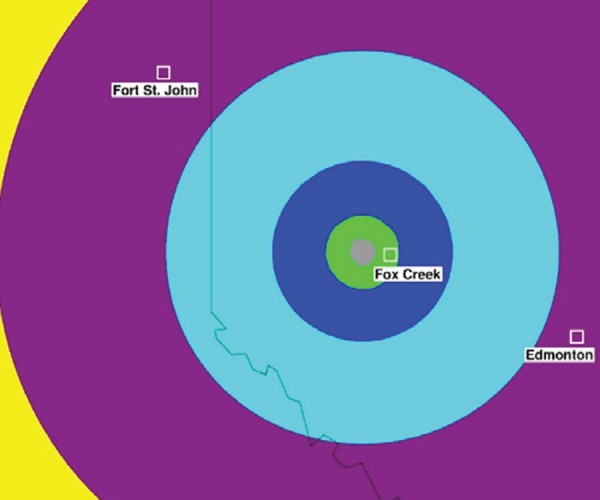
Data Analysis of Induced Seismicity in Western Canada
Hoda Rashedi and Alireza Babaie Mahani
Due to the recent increase in the rate of seismicity in western Canada and central eastern US from oil and gas activities, there is a high demand for data from seismographic networks to understand ground motion variability and assessment of seismic hazard to the critical infrastructure. In western Canada, efforts…

Discussion: Let Geologists Do the Geology!
Robert Pickering
If the seismic tool is intrinsically unaware of geology, why do we depend so heavily on the seismic tool to provide geological answers?
The seismic tool, sonic tool, and the check-shot survey are tools designed to record interval transit times. Geologists do geology. Geology is an observational process from which…

Rock Physics Template (RPT) Technology for Reservoir Characterization and 4D Seismic Monitoring
Albert Kabanda
This paper describes the use of Rock Physics Templates (Avseth et al. 2005) in both reservoir characterization and 4D seismic reservoir monitoring. A major challenge in seismic exploration is the mapping of type, location and extent of hydrocarbon fluids. During reservoir production monitoring, the aim is to follow the temporal…
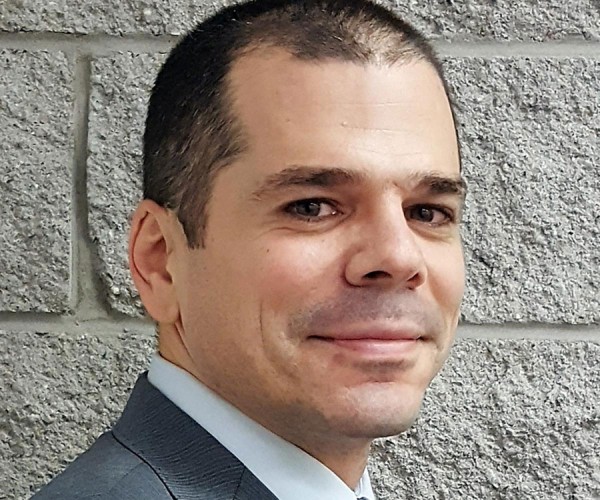
Three Years of Doing ISM in Western Canada: What Have We Learned?
Dario Baturan
Earthquakes can be induced by human activities such as mining, reservoir or dam impoundment, geothermal reservoir stimulation, wastewater injection, hydraulic fracturing or CO2 sequestration. Such events are predominantly small in magnitude, and are rarely felt locally or detected regionally. However, 16 induced earthquakes of magnitude M3.5 or larger have been recorded…

Introduction to December Focus: Microseismic User Group
Paige Mamer
The Microseismic User Group (MUG) has been active for nearly five years, providing an avenue for those interested in learning more about microseismic topics in an open and educational setting. Since its inception, MUG has brought together geoscientists, engineers and microseismic enthusiasts from oil and gas operating companies, service companies,…

An Analytical Approach to Hydraulic Fracturing and Induced Seismicity Monitoring
John L. J. Duhault
The public’s fears about hydraulic fracturing and subsequent potential for induced seismicity are a growing concern, even in tried and true oil fields of Alberta. The stakeholders need to be shown that a well thought out approach to understanding hydraulic fracturing and potential induced seismicity can be done following a…
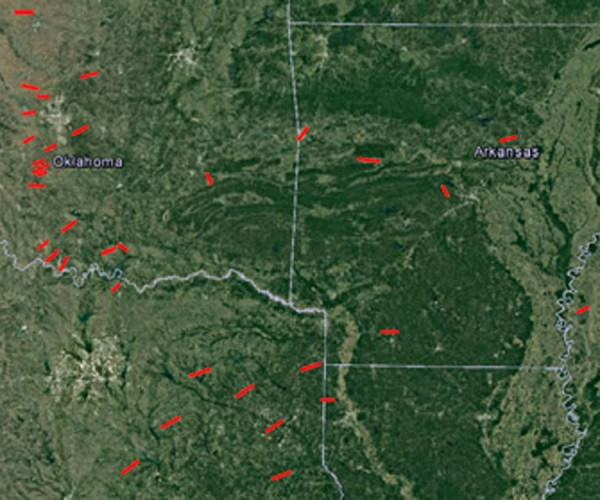
Determination of the Stress State – An Additional Benefit of Background Seismicity Monitoring
Zuzana Jechumtálová and Dawid Szafrański
What is the benefit of background seismicity monitoring and how long it should be carried out before subsurface injection? This is a typical question an operator may ask when considering the start of a geothermal, salt water disposal or hydraulic stimulation injection. The usual duration estimate is at least one…
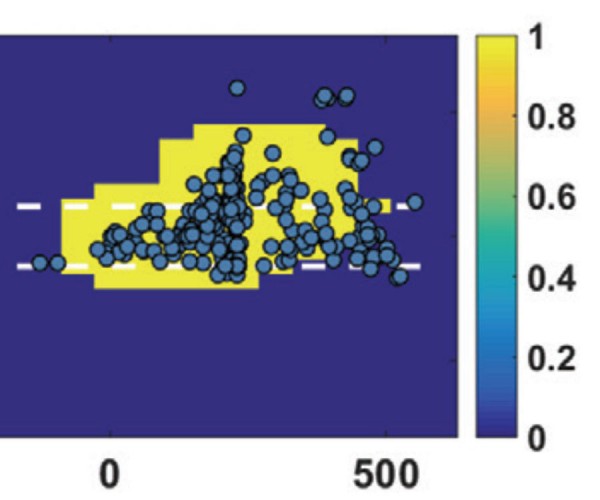
Interpreting Microseismic Data from Hydraulic Fracturing: Understanding Subsurface Deformation Through Numerical Modeling
Neda Boroumand and David Eaton
This article is a summary of the results presented in the PhD Thesis written by Boroumand (2016). The developments made in the research sought to find an answer to the question “why and how did the hydraulic fracture(s) grow in a particular direction?” It makes specific use of microseismic observations…
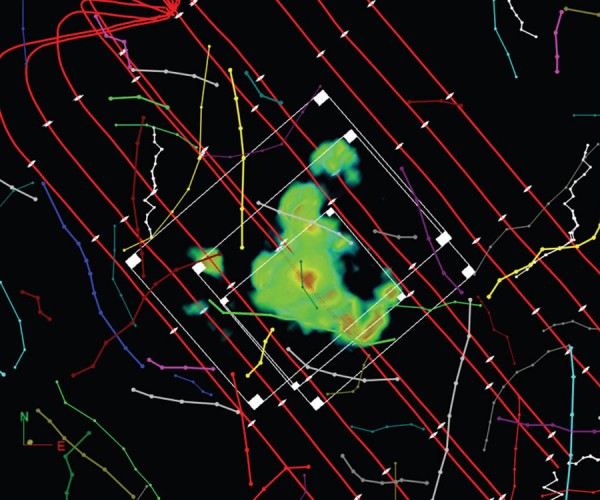
Beyond the Microseismic Clouds: A Comprehensive Approach to Unconventional Gas Development
Jason Hendrick, Adam Baig, Eric von Lunen, and Ted Urbancic
The development of shale and tight sand resource plays over the past decade has dramatically changed the oil and gas industry. Advances in hydraulic fracturing technologies have unlocked vast unconventional hydrocarbon resources. Unfortunately, the vast supply (together with other external factors) has led to a price collapse that has plunged…

CSEG 2017/2018 Executive Election
Summary of candidates for the 2017/2018 CSEG Executive election.
...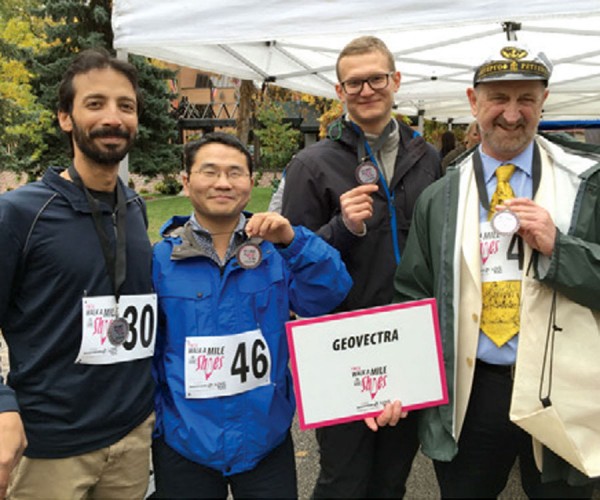
GeoVectra
The GeoVectra Team
This article has evolved from its original idea quite substantially. At first we were planning to do an interview with GeoVectra president Mike Hall, and then we decided to show the story of one successful company during the downturn. When we started writing it, we started to think about the…
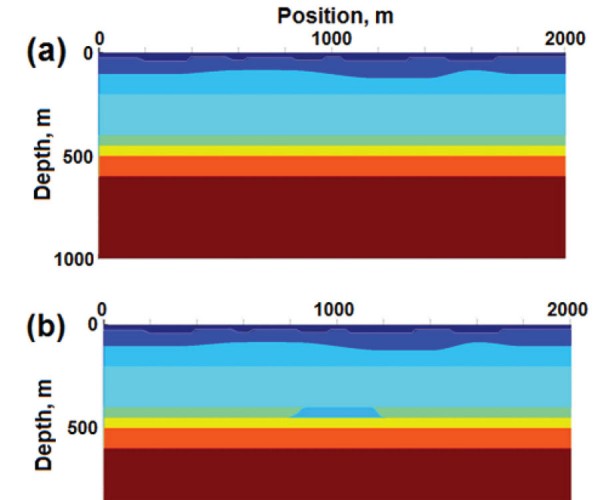
Time-Lapse Survey Repeatability: An Elastic Modeling Study
David C. Henley, Joe Wong, and Peter M. Manning
Remote monitoring of fluid movement in a subsurface formation is an important application for seismic reflection imaging. In this setting, it is important that seismic data be acquired and processed in a repeatable fashion in order to reliably detect image differences due solely to the formation fluid changes. One way…
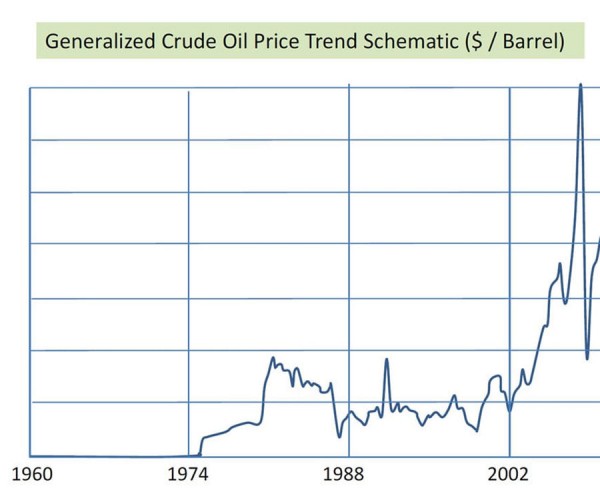
The Value Added Role of Geophysics in the Canadian Oil and Gas Industry
From the Chief Geophysicists Forum
The role of geophysics in the industry is a robustly debated subject these days. As our industry continues to evolve in order to meet challenges brought on by unconventional resources, changing supply and demand factors, environmental drivers, and legislative and tax regime changes – just to name a few –…

Integrating Data – How Geophysicists and Engineers Can Work Together to Improve Hydraulic Fracturing
Dr. Jennifer L. Miskimins
The integration of disciplines and data is often discussed, occasionally implemented, and rarely as successful as it can or should be. However, failure to accomplish such integration often leads to development missteps and reserves left in the ground. Hydraulic fracturing is one of those areas where multidisciplinary integration is not…

Introduction to October Focus: CREWES Research
Kristopher Innanen
This issue of the RECORDER features contributions from four senior graduate students working with the research group CREWES in the Department of Geoscience at the University of Calgary. These researchers present short summaries of their recent progress towards a better understanding of how seismic waves interact with geological structures, and…

What Should Multicomponent Near-Surface Corrections Look Like in a World of Waveforms?: A raypath-consistent solution for converted-wave processing
Raul Cova, David Henley, Xiucheng Wei and Kristopher A. Innanen
Removal of near-surface effects from elastic data, particularly converted waves, is a well-known and difficult problem, whose difficulty only increases on the backdrop of the trend in our field towards treating seismic wiggles as full waveforms. If we want to eventually apply some type of full waveform inversion or fitting,…









